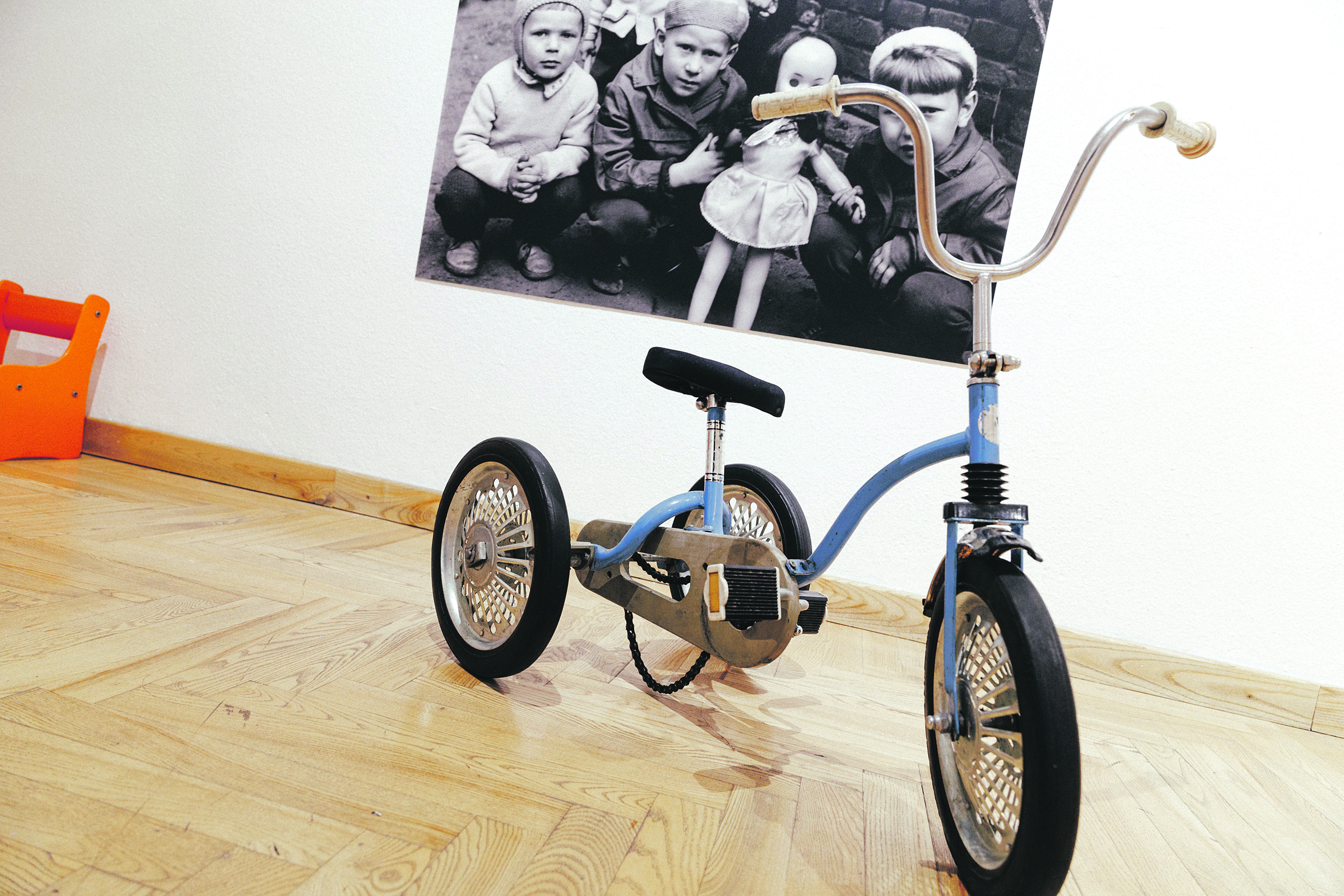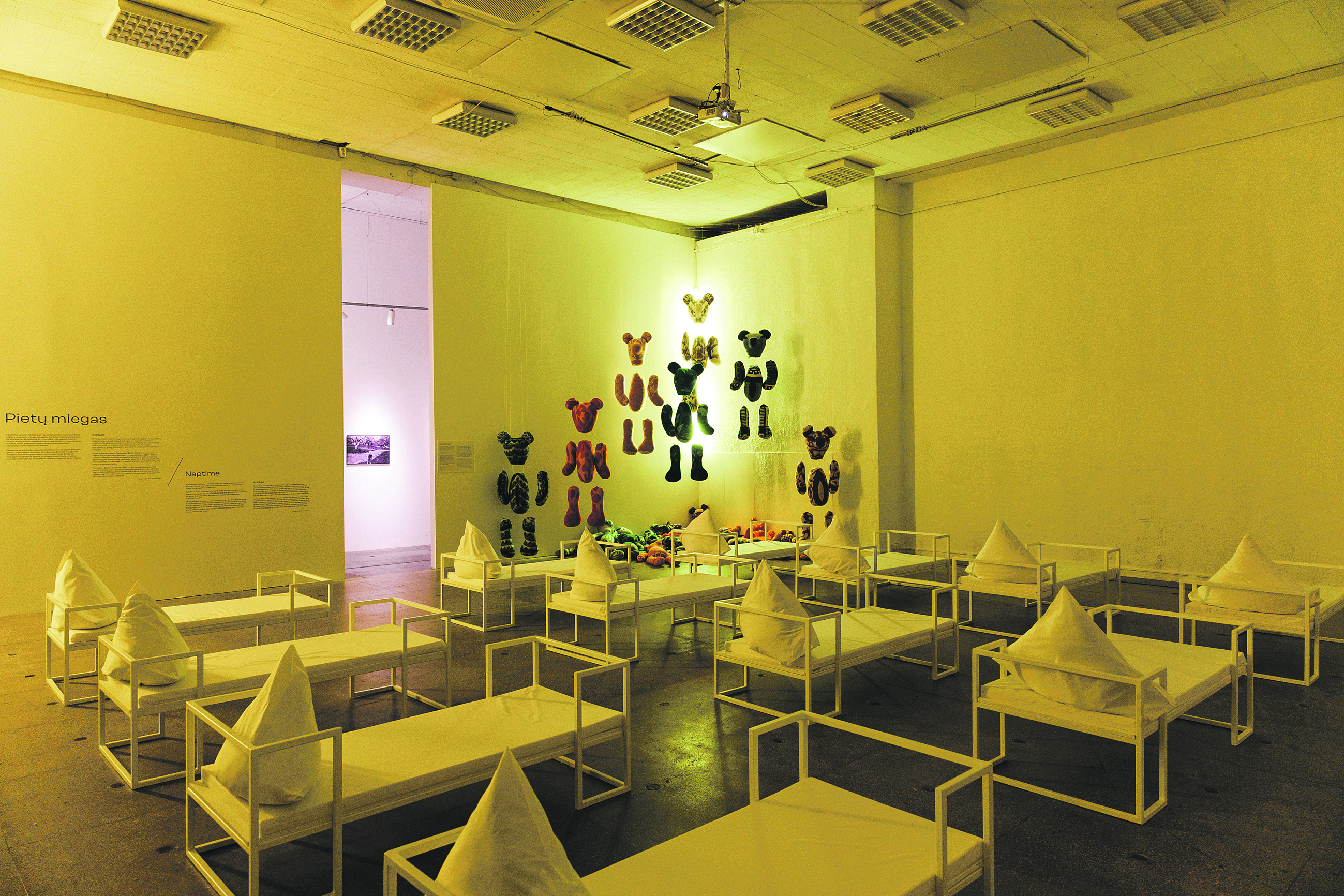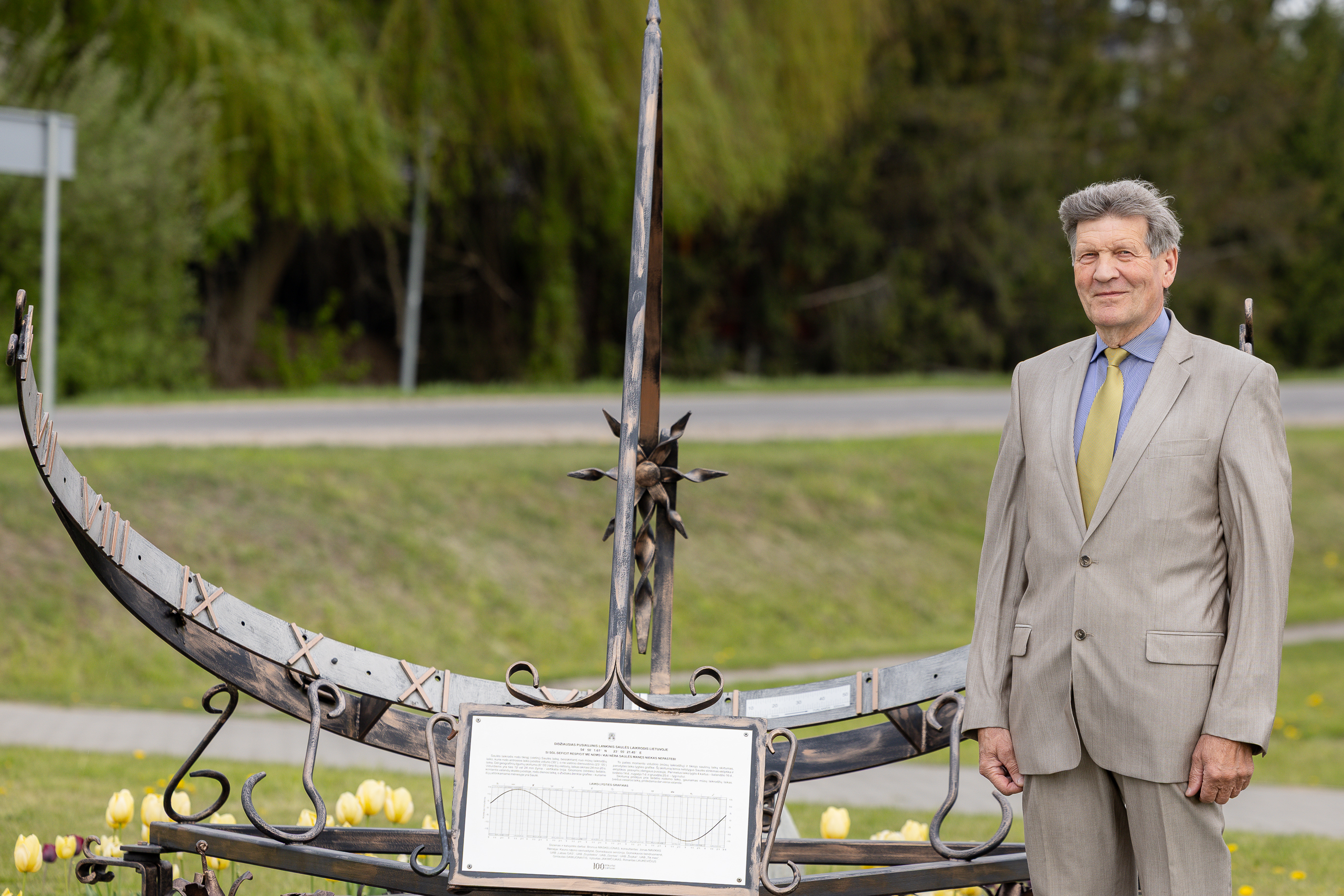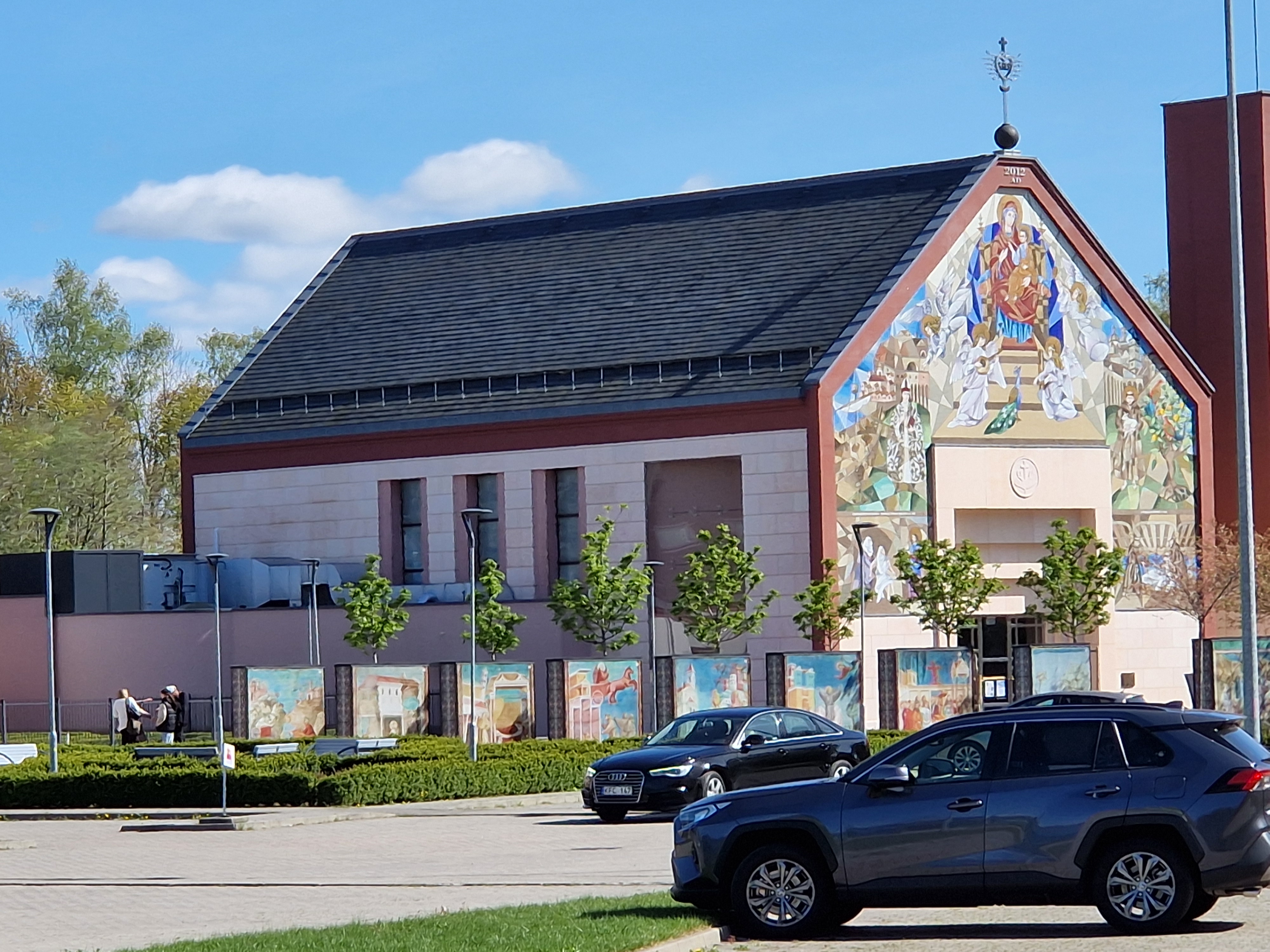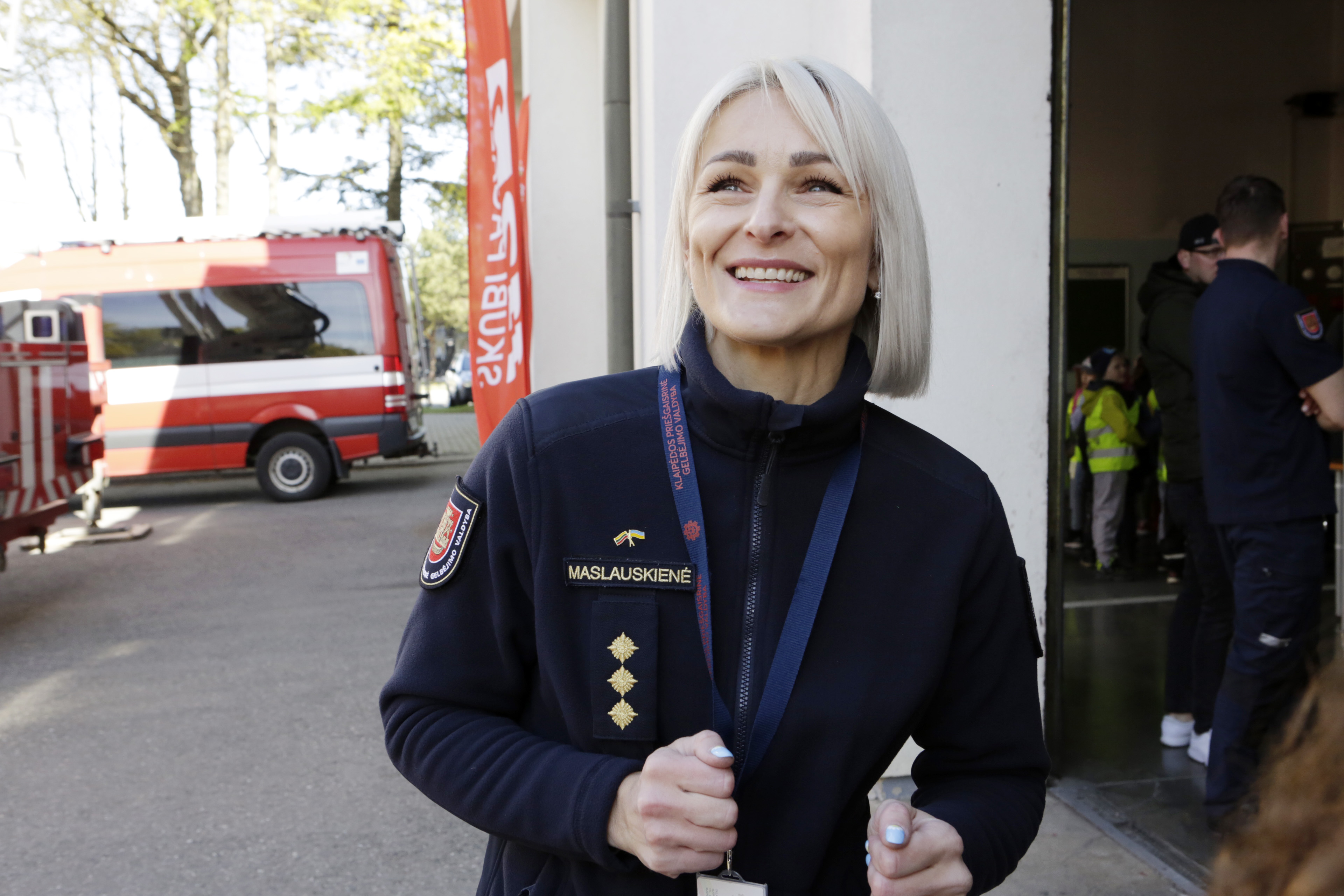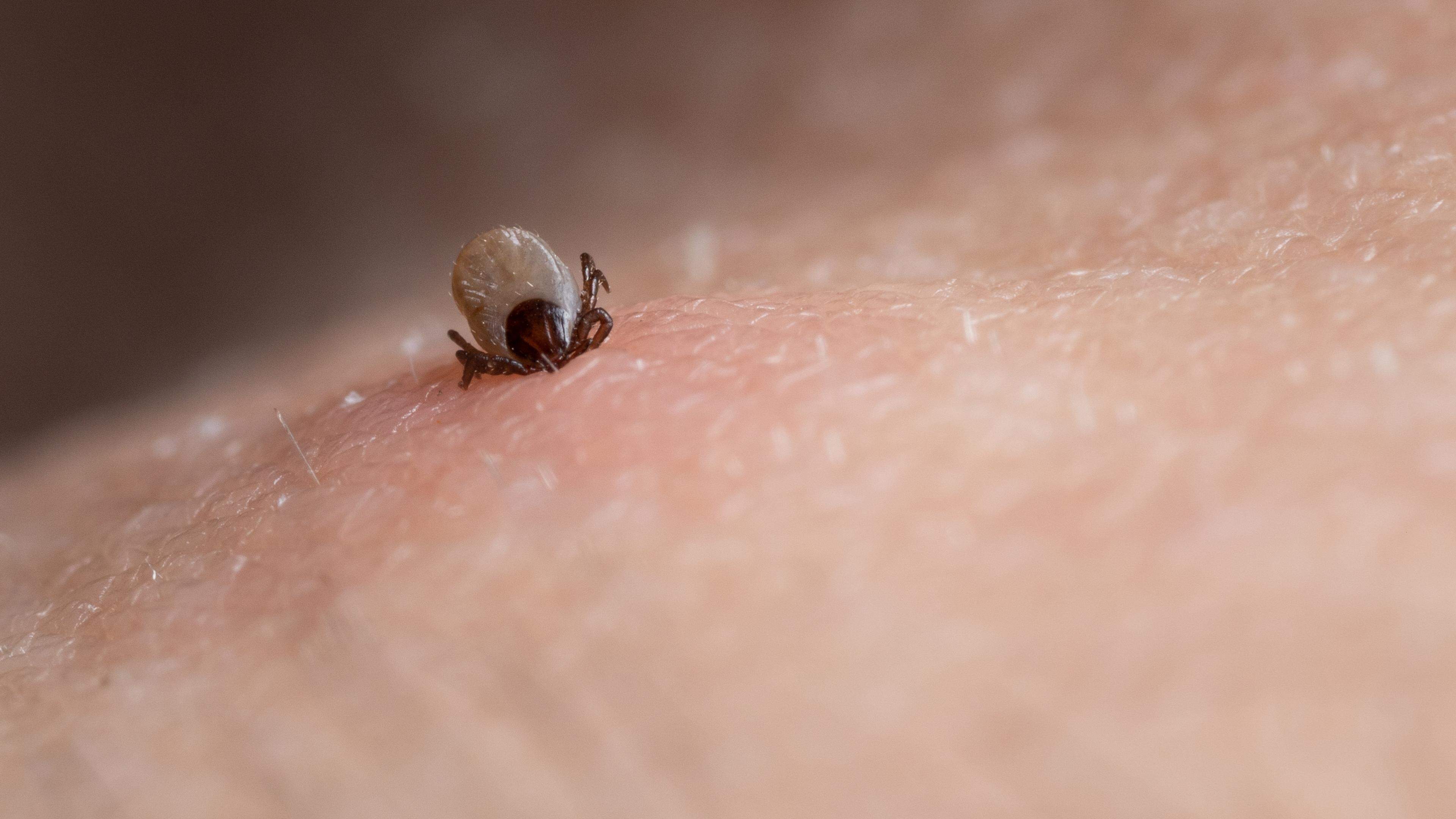Was everything really a tale?
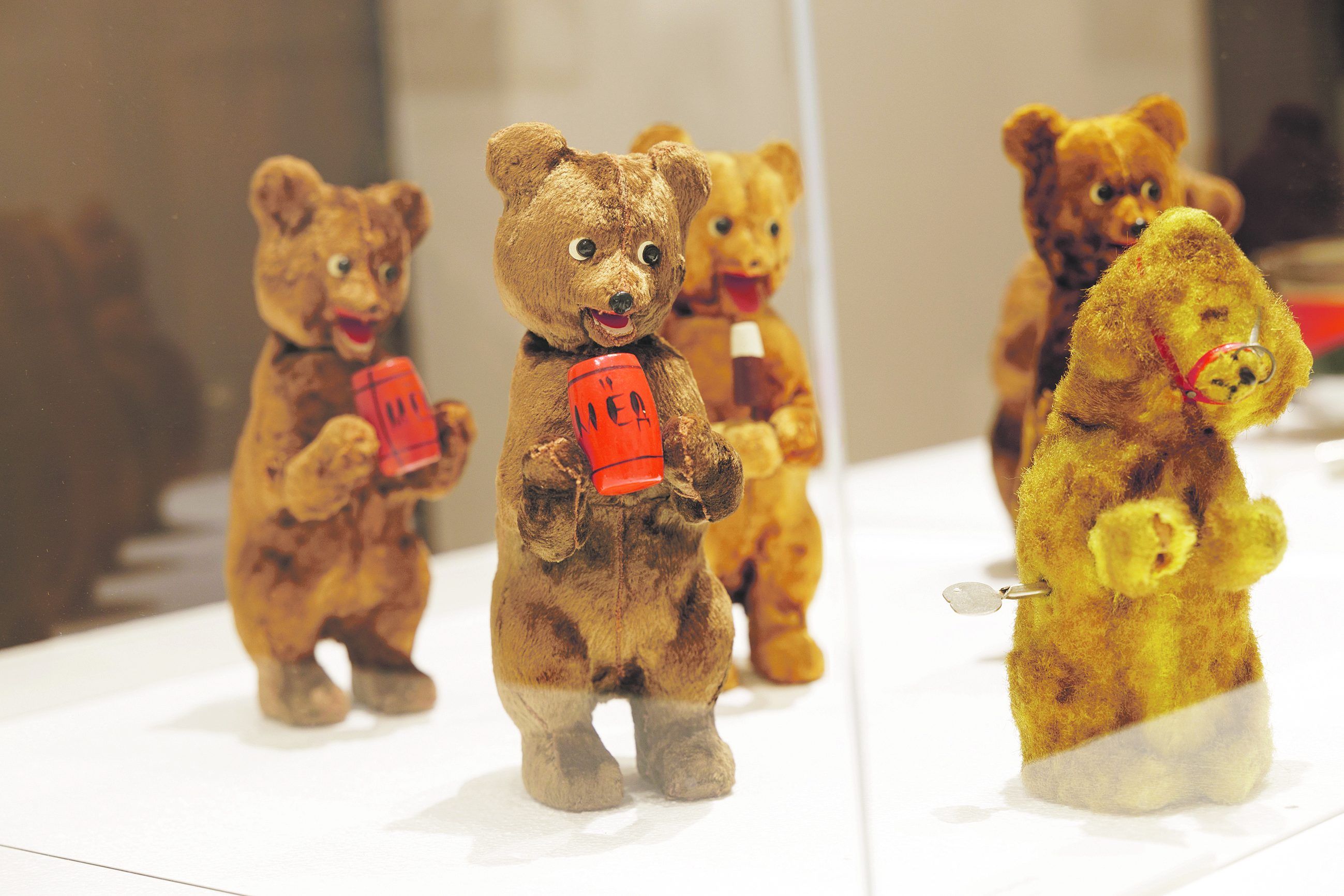
I did not go to the exhibition from the need to see how my parents lived, but out of curiosity to hear what visitors were talking about while looking around. I participate in several groups that talk about the « old » Kaunas. This old group members usually consider Soviet Kaunas – taking pictures of former shops, the number of buildings where countless businesses have changed in 30 years, the cycle of photographer Romualdas Požerskis « Lithuanian Old Town » and uncle ice cream seller, which they adored, heard and raised above the clouds, tell stories. Nostalgic, giving the impression that, despite the former politics, regime, wars, censorship, it was good to live.
However, this essay is not about facebook users, but about how we are attached to things that are still attached 30-50 years ago, how they are romanticized to the present youth: a metal crib maternity hospital, sadness in kindergarten for the death of Leonid Brezhnev, the peculiarities of parenting – Just like a dead man.
Screwed bears. Tomas Biržai collection. / Photo by Edgar Cickiewicz
The main axis of the exhibition is the popular Soviet cafe « Pasaka ». Although I have heard a number of narratives about this cafe, the artefact, which has survived, is the triangular stained glass windows of the artist Philomena Ušinskaitė. They came to memory not only for our parents or grandparents, but for all generations who saw this exclusive work.
While traveling on the first floor of the exposition, the exhibition, which tells about Panevezys' orphanage and their reformers Algimantas Juozas Bandzas (1936-1992), was particularly shocked. His dedication and heroic work in changing the orphanage system left a deep impression, making me think about the reality of that time. The effect was further enhanced by the « Orphan's Room », part of the exhibition telling about children who grew up in boarding. Perhaps this topic has touched me so strongly because of her personal experience: my grandmother worked as a teacher at such an institution, and when I came home, she told unpleasant, often painful stories.
Exhibition « Fairy Tale ». Childhood in Lithuania late in the Soviet era ”. / Photo by Edgar Cickiewicz
To explain all this emotional background, I would give a photography of Virgil Side, depicting a child with Down syndrome, looking at the sky sensually and curiously. When comparing the story and this photo inside, the « Rakauska » sensuality turns into helplessness and compassion. I would consider this photo to be a turning point in the exhibition – at first glance it causes an elevation, a feeling of peace, but when all three floors move and return to it, the emotions change.
As a woman, I automatically sympathize with our women's experiences. However, the icy cold metal scales, the spring cribs of the same material, were even more discouraged by the late Soviet romantication and the phrase « It was better during the Soviet era. » 1989 The photos created by John Ambraška at Panevėžys Hospital further highlight the fact that emotions, psychological state did not matter at the time – the woman had to experience the greatest respect in childbirth, and some were also awarded a medal for having a few children.
I do not want to make a negative way – the three -story exhibit in the « Fairy Tale Alphabet » space is cozy and safe.
While traveling, the « Discipline Mark » exposition is familiar with the cycle of the ideal child that existed at the time. Following the stories of this exposition, visitors are noticeably impressed and panic – memories of kindergarten do not bring any joy. « The boy with the ribbon », « all the same », « Personal rags », « true collectivism », « forbidden to cry » are just a few stories about how the kindergarten was educated: he became a young adult when he crossed the threshold of the institution.
I do not want to make a negative way – the three -story exhibit in the « Fairy Tale Alphabet » space is cozy and safe. The curator of this space Audronė Meškauskaitė hid a book, text or toy for each alphabet in mysterious hollows. While visiting every « hollow », you realize that literary writers were people who saved not only children but also adults from zombie. « Mushroom War », « Bunny Great », « Robot and Bow -Tie », folklore fairy tales prevented the past, rescued from violence propaganda. Literature became a window to a better tomorrow. I did not live at that time, but many of the books of that time were accompanied by my childhood. This nostalgia is not only a reminder, but a way to survive the complexities of the past. Ezop's language, hidden meanings, and the world in the books helped to find hope and salvation from the hell of everyday life.
Romualdas Rakauskas. From the cycle « bloom ». / Photo by Edgar Cickiewicz
At the end of the exposition, I experienced some shocks and return to reality. How will we not talk about these times throughout the three -story exhibition? The installation of Martyna Pliopytė-Zujienė “Covers and Connections. 2024 ”. Translated, the toys hidden under the lamination film look as if they were dressed, losing their lives. They bring back to childhood when each toy was cherished and protected, and today, living in excess, we forget even the most beloved teddy bear after a month. It was clear from the visitors' replies – their horrific was just in the air. Many did not understand how to deal with a toy that is like a living being. Then you realize that those who were born until 2000-2005 grew up with fewer toys and were naturally attached to them. This attachment forces them to return to childhood – the time when they didn't have to worry about the household, vote or educate children. They were just kids.
The crowd: Uniform cribs, uniform triangular pillows, become a symbol of unified childhood in the exhibition. / Photo by Edgar Cickiewicz
I would be uncomfortable last time and would not give in to the mood of social media that it was better before. Not only do people get stuck in the past and not only help themselves help themselves, they also stop those around them. The purpose of the exhibition is not to remember the past « great » times, but to show how it suffered, how (though often trying to forget difficult and unpleasant moments) and how important it is to preserve what has been achieved and won today.
Who? Exhibition « Fairy Tale ». Childhood in Lithuania late in the Soviet era ”.
Where? Kaunas Picture Gallery.
When? operating until July 27th.
Journey to yourself
Art therapist Sigita Stabinskė (Kupčiūnienė) invites you to art therapy classes at the Tale. Childhood in Lithuania late in the Soviet era ”.
Meetings of the Art Therapy Cycle « Journey to Self » take place on Mondays from 4:30 p.m. The group is closed (only ten registered persons). Classes are paid, discounts apply.
During the classes, according to the principles of group therapy, we work with the topics of the exhibition « Fairy Tale ». Visiting different exposure spaces analyzes different art objects, topics and other art therapy methods. Each activity ends with reflexes (discussion of the group's work).
Upcoming classes – March 3, 10, 17, 24, 31; April 7, 14; May 5, 12.
Registration: e. by mail (Email Protected); by phone +370 602 80 537 (on weekdays from 9am to 5pm).

